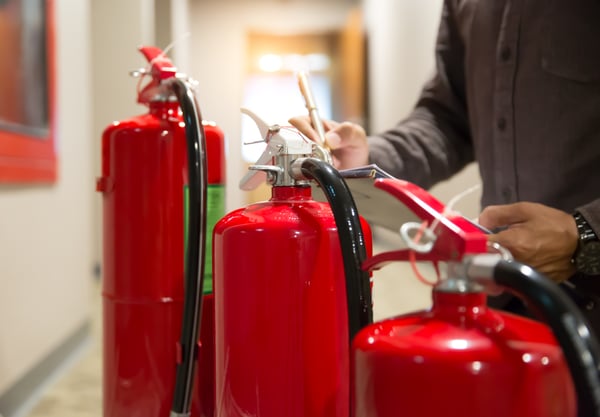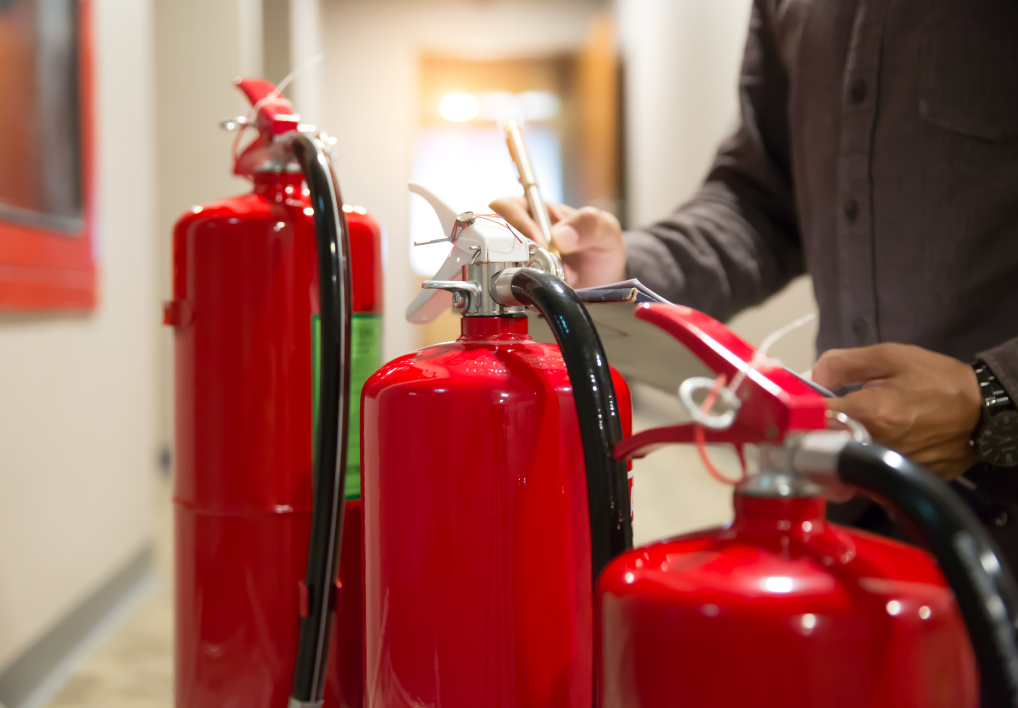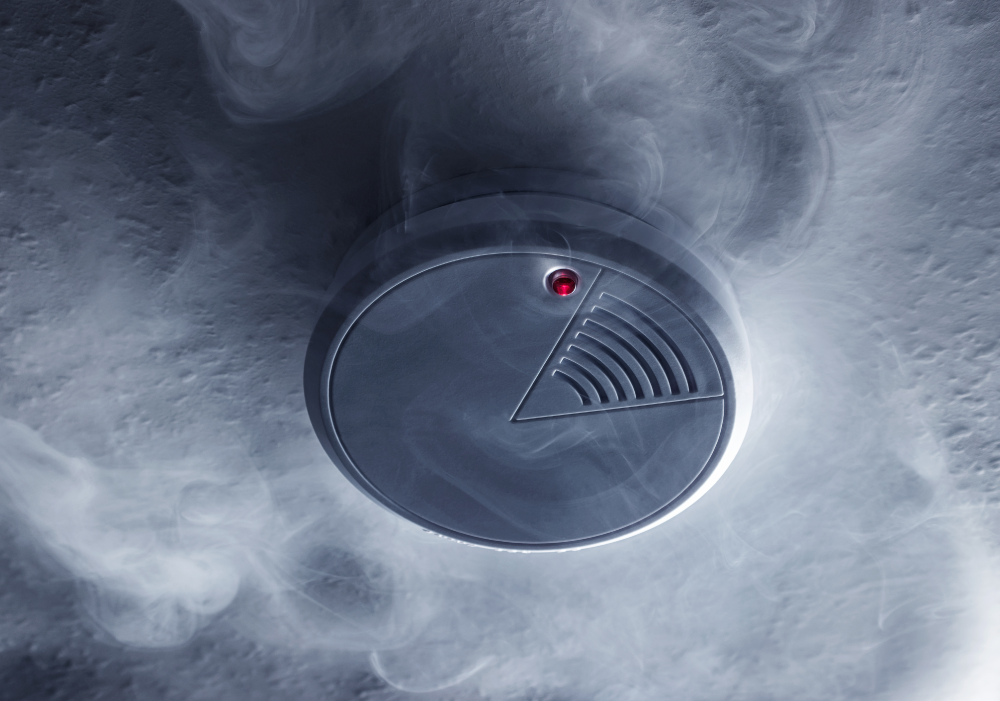Most fires begin small enough to be easily put out with a fire extinguisher. That makes fire extinguishers your first line of defense, and proper maintenance is crucial to the safety of your home and business. But what do you need to do to ensure your fire extinguisher will work when you need it most?
Before we answer that question, an essential reminder: if a fire starts, call 911 immediately. Then decide if you feel safe trying to put the fire out yourself. If you don't, evacuate.
Don't forget to stay informed with similar content by signing up for notifications.
Selecting and installing your fire extinguisher
The first step to fire-extinguisher safety is ensuring the extinguisher is the correct type and available for use. Let's explore what that means:
(1) Check the classification type of your extinguisher(s) and see if it is right for the types of fires that could ignite in your home or business. Most likely, you will need type A, B, or C. Type D is usually found in metalworking factories, and Type K is generally found in commercial kitchens.1
A: for use on materials like cloth, wood, and paper.
B: for use on combustible/flammable liquids (grease, gasoline, oil, oil-based paints, etc.).
C: for use on electrical equipment (e.g., appliances).
D: for use on flammable metals.
K: for use on oils and fats in cooking appliances.
(2) Make sure the label on the extinguisher displays the mark of approval from a recognized testing laboratory such as Underwriters Laboratory (UL).
(3) Ensure everyone in the home or business knows where the fire extinguishers are and can access them.
(4) Properly distribute and mount the extinguisher according to the manufacturer's guidelines and ensure it is not obstructed by other objects. For more information on fire extinguisher placement, reference the Occupational Health and Safety Administration (OSHA) guide.
 Ensure your fire extinguisher will work when you need it by
Ensure your fire extinguisher will work when you need it by
regularly inspecting and maintaining it.
Related:
If Fire Strikes, Make Every Second Count: Access to Your Home
Maintaining your fire extinguisher
If a fire extinguisher fails, the results can be devastating. Regular inspections and maintenance can ensure that your extinguisher will be there for you when you need it.
Visually inspect all extinguishers monthly
The date of the inspection should be written on the back of your annual maintenance tag attached to each extinguisher. Here’s what to look for:
- Make sure the extinguisher is easily accessible and not obstructed.
- Check for any damage like dents, cracks, or rust to the outside of the extinguisher.
- If the extinguisher is equipped with a gauge, make sure the needle points to the green “charged” portion of the dial.
- Make sure the pin and tamper seal are in place and undamaged.
- Check the hose and nozzle (if equipped with one) for obstructions or any signs of damage or aging.
- Tip the extinguisher upside down to loosen any compacted extinguishing agent.
- Ensure the label is legible and facing out when the extinguisher is mounted.
If any of these are not up to snuff, contact a licensed fire extinguisher maintenance company to check your extinguisher and make the needed repairs or replacements.
Have extinguishers serviced annually
Be sure you have a reputable extinguisher-maintenance company perform the inspection and service. The inspector will thoroughly check the extinguisher for any issues listed above and will recharge, repair, or replace any extinguishers as needed.
This inspection should also assess the need for hydrostatic testing (reference the OSHA guide for more info).
The maintenance company should leave a tag on each extinguisher indicating the date it was inspected and that it has been properly serviced. If no tag is present, contact the service contractor and ask them to provide one.
An emergency is not when you want to find out that your fire extinguisher is not working. Regular inspections and maintenance are an easy way to ensure that it won’t let you down when you need it.
Using your fire extinguisher
Be sure everyone in your home or business knows how to use the fire extinguishers there. Share the manufacturer's instructions with all residents or employees, and teach PASS:
- Pull the pin with the nozzle pointing away from you.
- Aim low at the base of the fire.
- Squeeze the lever smoothly.
- Sweep from side to side.
For more information, check with your local fire department. Many fire departments offer free fire extinguisher training classes to help community members stay safe.
[1] U.S. Fire Administration, https://www.usfa.fema.gov/prevention/home-fires/prepare-for-fire/fire-extinguishers/index.html











